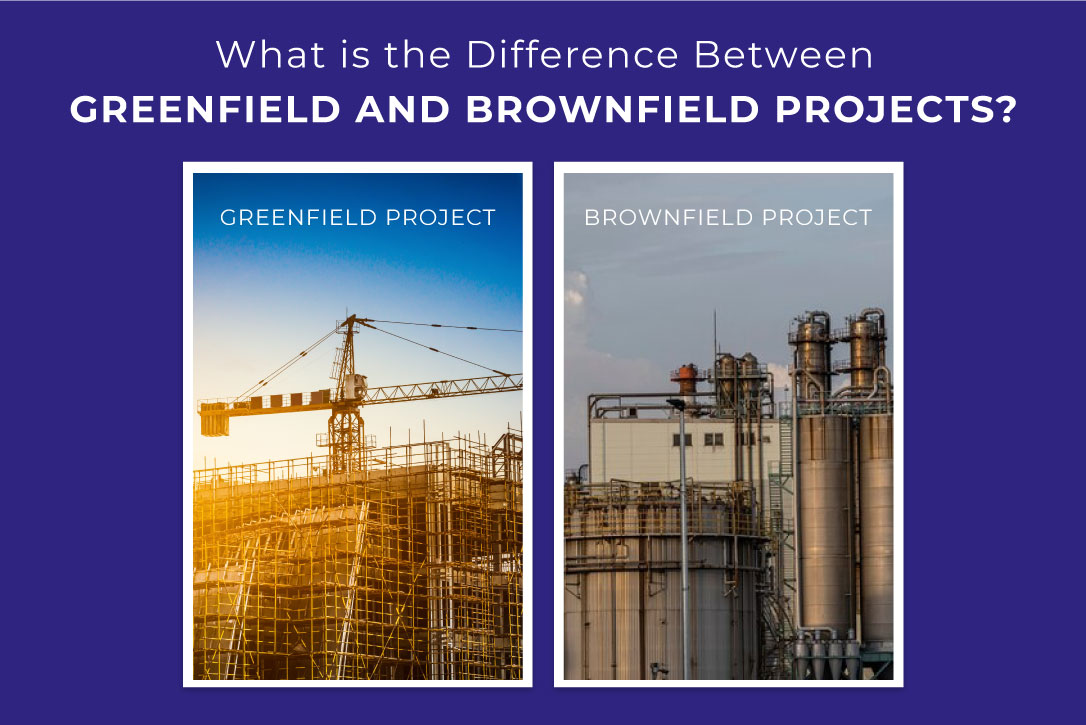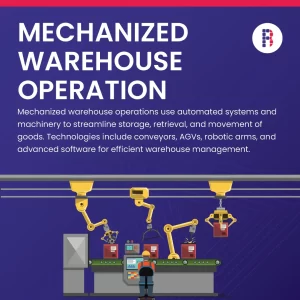Introduction
In the realm of project development and infrastructure, two common terms frequently come up: greenfield and brownfield projects. While these may sound like peculiar terms to the uninitiated, they play a pivotal role in the planning, execution, and management of various projects across different industries. In this blog, we will delve into the differences between greenfield and brownfield projects, offering a detailed comparison to help you better comprehend these concepts.
What is a Greenfield Project?
A greenfield project refers to a project that is entirely new and is built from the ground up on a previously undeveloped or “green” site. In essence, a greenfield project involves developing a project on a piece of land or location that has not been used for a similar purpose before. These projects often entail higher costs and longer timelines compared to brownfield projects, as they require the construction of infrastructure from scratch.
What is a Brownfield Project?
Conversely, a brownfield project involves redeveloping or repurposing an existing site or facility that may have been underutilized, abandoned, or in need of refurbishment. Brownfield projects aim to revitalize or rehabilitate existing infrastructure to serve a new purpose, such as converting an old factory into a residential complex or a disused warehouse into a commercial space.
Now, let’s dive into a detailed comparison of these two project types in the form of a table:
| Aspect | Greenfield Project | Brownfield Project |
| Definition | Developing on a new, undeveloped site | Repurposing an existing, often abandoned site |
| Site Condition | Pristine, no existing infrastructure | May require cleanup or demolition |
| Timeframe | Typically longer due to construction | Generally shorter due to existing structures |
| Environmental Impact | May have a higher impact on the environment | Reduces environmental impact by reusing existing structures |
| Risk Level | Higher due to unforeseen challenges | Lower, as existing conditions are known |
| Investment | Often higher initial investment | Lower initial investment, but renovation costs may vary |
| Regulatory Approvals | May involve complex regulatory procedures | Streamlined approvals for redevelopment |
| Economic Impact | Greater potential for job creation | May support urban revitalization |
| Sustainability | May have fewer sustainability benefits | Can contribute to sustainable development |
| Land Availability | May require more extensive land acquisition | Existing land owned or leased |
| Examples | Building a new factory, a new city, or a new airport | Converting old factories, warehouses, or office buildings |
It’s crucial to keep in mind that selecting between greenfield and brownfield projects depends on a number of criteria, including the project’s goals, budget, environmental concerns, and the availability of suitable land or buildings. There is no one solution that works for all situations, thus project developers must carefully consider their individual requirements and environmental factors before choosing a course of action.
Conclusion
The two different methods of project development, greenfield and brownfield, each have their own advantages and difficulties. Making informed decisions in a variety of industries, including construction, real estate, and urban planning, requires an understanding of the distinctions between these techniques. Project developers can choose the best strategy to meet their goals by taking into account variables including project scope, budget, environmental impact, and existing infrastructure. Whether it’s a blank canvas or a revitalized space, both greenfield and brownfield projects contribute to the growth and development of our built environment.






